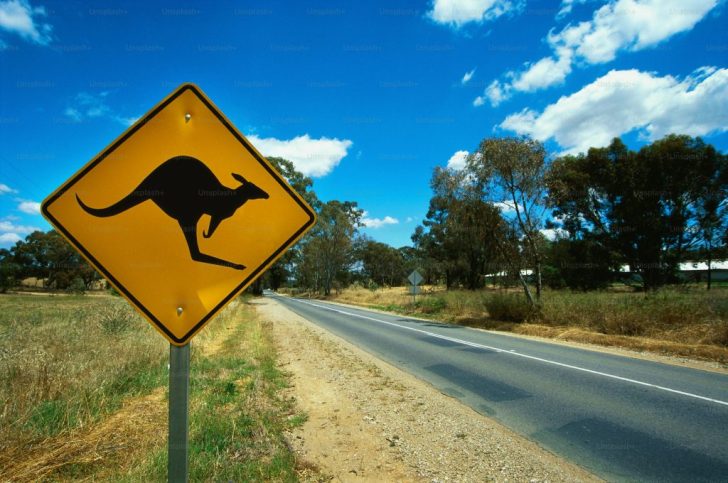Some Handy Outback Tour Safety Tips for First-Timers
Are you looking to set out on an Outback tour for the first time? Well, you are in for an adventure like no other! The Australian Outback is an amazing stretch of rugged beauty, wide-open spaces, and unique wildlife, but it also demands respect.
First-timers might feel a mix of excitement and nervousness. Rest assured, with some common-sense precautions, the Outback is safe to explore.
Have a Reliable Car for a Safe Outback Tour
One of the first things you will need for your Outback tour is a reliable car. The Outback’s roads vary from smooth, sealed highways to unsealed tracks, and the distances between places are often vast. Although major highways are easy to navigate and lined with roadhouses every 150 to 250 kilometers, having a reliable vehicle is a must.

Guider / The last thing you want is to be stranded in the middle of nowhere with a car that won’t start! Choose a well-maintained vehicle.
However, you don’t need a four-wheel drive to see iconic spots like Uluru, which are accessible on sealed roads from any major city in mainland Australia. However, regardless of your destination, make sure your car is well-equipped with basic emergency tools and enough fuel for long stretches.
Always check your tires, and carry extra ones. Flat tires are not unusual on Outback terrain. Before setting off, make sure you understand how to handle basic car issues, as you may be hours away from the nearest help.
Have Plenty of Water Handy
The Outback sun can be relentless, especially in the summer, so hydration is key. When planning your Outback tour, think about the intense heat you will encounter. Temperatures can soar!
So, pack enough water for the entire trip. Plan for at least three liters per person daily – and more if you are traveling with pets or in especially hot weather.
Rest Stops Are Non-Negotiable
Sure! Driving in the Outback is an experience in itself. But it is also exhausting. The vast, flat landscape and long, straight roads can make you lose track of time. Plan frequent rest stops to stretch your legs, grab a snack, and refresh yourself.
The towns, roadhouses, and scenic lookouts dotted along main routes make perfect rest stops. So, if you are heading off the beaten path, stopping becomes even more important. The sheer scale of the Outback can be tiring for both the mind and body.
Plan Your Route, But Leave Room for Adventure

Unsplash / Australia’s vastness is easy to underestimate. So, know your landmarks and plan for each day’s drive.
One of the best parts of an Outback tour is the freedom it offers. But with that freedom comes responsibility. Map out a rough itinerary to ensure you can cover the highlights and return on time, especially if you are on a tight schedule.
This prevents last-minute rushing and ensures you don’t miss any must-see spots along the way.
That said, allow a little room for unexpected stops. The Outback is full of hidden gems and scenic surprises, from majestic rock formations to unique wildlife sightings. Sometimes, the best memories come from those unplanned detours.
Just make sure you account for any extra time on the road, so you are not scrambling to catch your flight back!
Respect Remote Tracks If You Venture Off-Road
For those planning to go truly off-road and explore the more isolated Outback tracks, safety becomes even more important. Let someone know your route, estimated arrival times, and when you expect to return.
Remote tracks are exhilarating but often lack cellular service. So, inform a friend or a local authority about your plans.
Before setting out, make sure you are equipped with a satellite phone or emergency beacon, as well as plenty of extra fuel, water, and food. While major highways are well-traveled, remote areas are not.